There are some tips for fertilizing flowers. Remember these four tips to avoid getting lost in the flowergrowing process.
Xinran is a white-collar worker in the workplace. She goes to and from work almost every day. She only occasionally goes out to dinner and shopping with friends on weekends. Her life sounds boring, but she feels it is very fulfilling.
Because she feels that during working hours she has to devote herself to work and her nerves are tense, but after getting home from get off work she has to relax, make herself a delicious meal, curl up on the sofa in her pajamas to watch a movie, and then have a good sleep, which is happier than anything else!

During the Spring Festival, she said that her work was not as busy as before and she needed to find something to do. She might as well learn how to grow flowers from me. This way, she could plant flowers and grass in her spare time, which would be a way to rest and enrich her life (shouldn’t she fall in love?).
So, her first potted flower was Amaryllis, and slowly, like other flower lovers, she grew more and more flowers, but they were all average. A few days ago, when she was chatting with me, she said that her flowers were lifeless and asked me to help her find the reason. After talking for a long time, it turned out that there was a problem with the fertilization, and she had no principles at all.
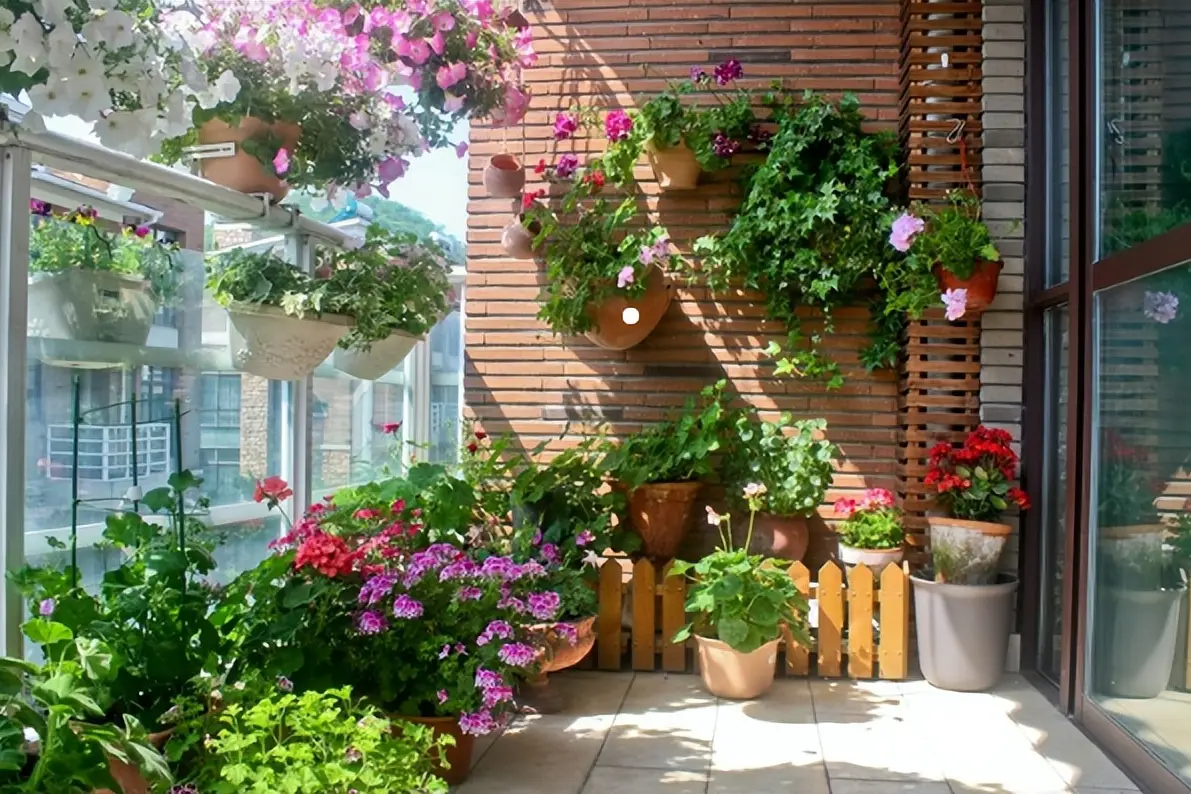
In fact, no matter what season it is, especially in summer, you still need to master four rules when fertilizing flowers: "Do not fertilize when they are growing too tall, do not fertilize when they are newly planted, do not fertilize during the dormant period, and do not fertilize in midsummer." What do they mean?
No fertilizer during leggy growth
Leggy growth refers to an unsuitable plant maintenance environment or improper maintenance methods, which causes the plant's vegetative growth to dominate, and the branches, stems and leaves to grow vigorously, thus affecting the plant's growth, flowering and fruiting.
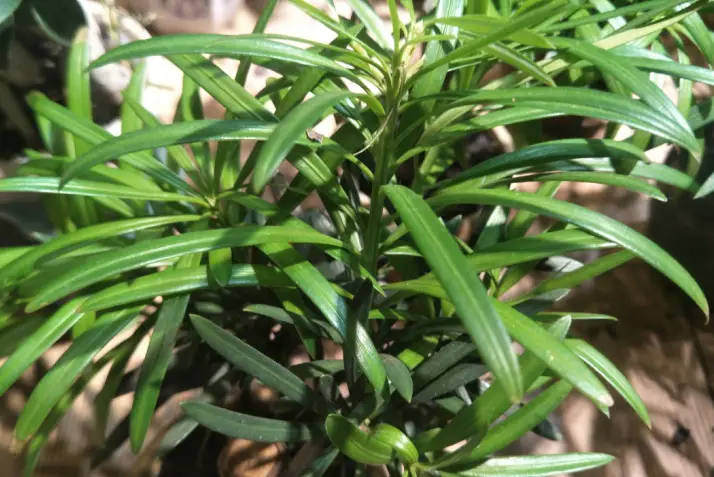
No matter what kind of plant it is, in this state, if you want to control the situation of excessive growth, you must not only increase the light and control the watering, but also avoid applying fertilizers indiscriminately, especially fertilizers with high nitrogen content, which will be like "adding insult to injury" and will make the branches, stems and leaves of the plant grow faster, which will only accelerate the phenomenon of excessive growth.
Therefore, when the plant has begun to grow too tall, avoid using fertilizers with high nitrogen content, or stop fertilizing, and properly prune the overgrown branches or stems and leaves to allow them to grow again.

No fertilizer for newly planted plants
Newly planted refers to plants that have just been planted and have no root system or have not yet acclimatized to the pot.
There is a saying that "you can't eat hot tofu in a hurry", which can be applied at this time. It refers to some novice flower lovers who are always impatient and can't control their hands. As soon as the plants are planted, they either want to water them or fertilize them. They always feel that they have to do something for them, and then they do more harm than good with good intentions.
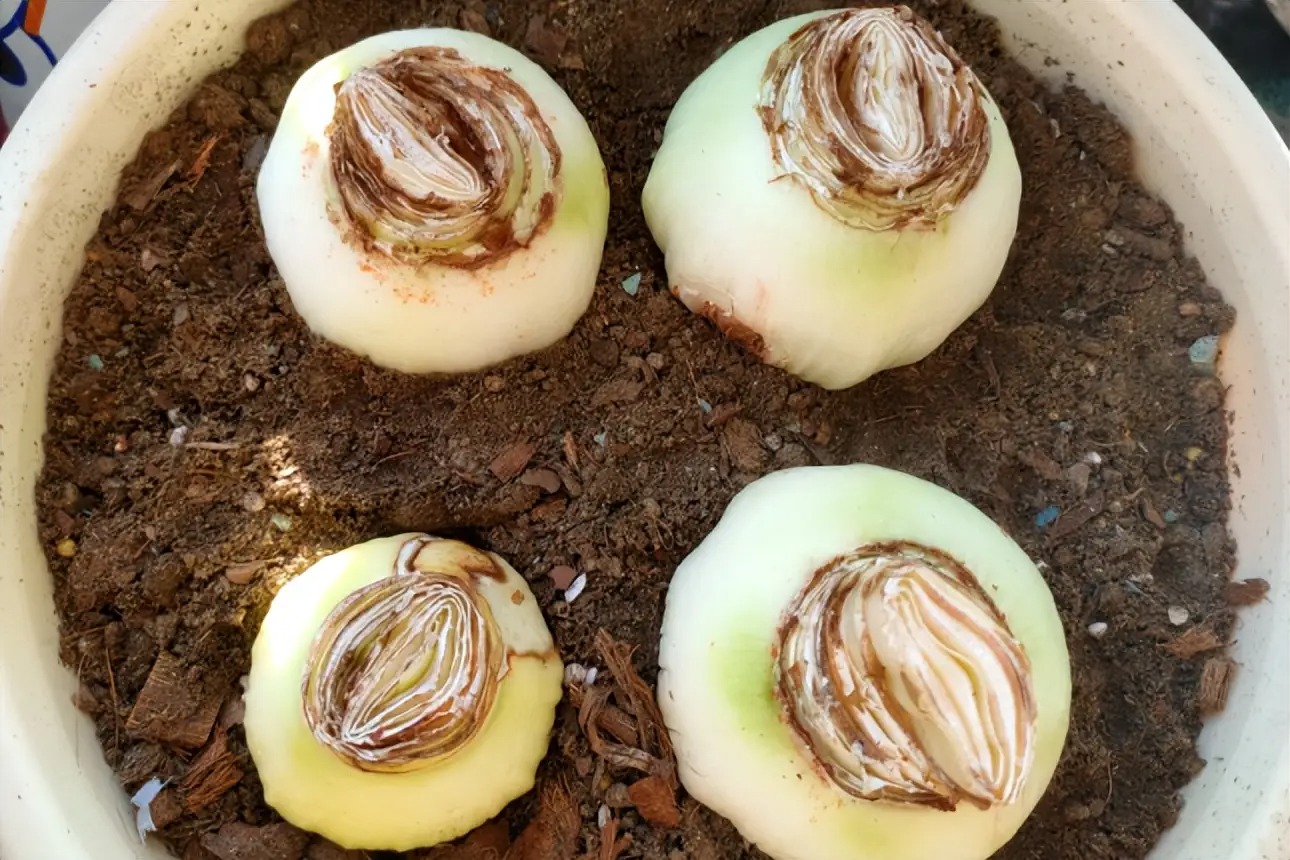
Because newly planted plants do not have root systems yet, if you apply fertilizer to them, without root absorption, the soil will be too wet, causing pathogens and affecting the rooting of the plants. Even if the newly planted plants have roots, but have not yet taken root in the soil, their roots cannot absorb nutrients. If you apply fertilizer to them, it will not only affect their acclimatization, but may also cause fertilizer damage.
Therefore, newly planted plants or plants that have not yet adapted to the pot do not need to be fertilized during the period of adapting to the environment.

No fertilizer during dormancy period
The dormant period, as the name suggests, means that the plant's growth, metabolism and other functions have stopped, and it enters a "sleep" rest mode.
When a novice is unable to determine whether a plant has entered a dormant period, he should first understand the plant's growth temperature and then observe its growth. When a plant enters a dormant period, it stops growing and its changes cannot be seen with the naked eye.
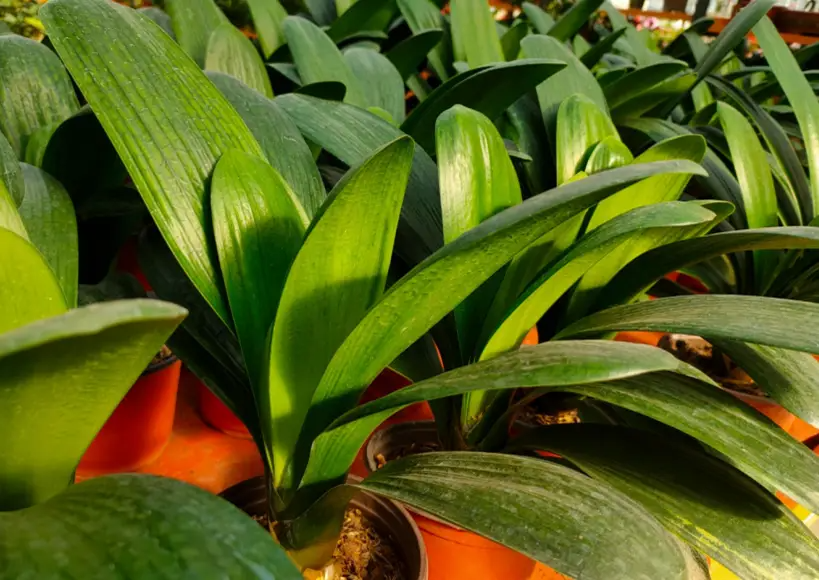
Because plants stop growing after entering a dormant period, they require very little water and do not need nutrients. If you fertilize dormant plants, there will be an excess of nutrients, causing fertilizer damage, and the plants will not continue to grow in their "sleep".
Therefore, when the temperature is high or low, plants are prone to enter dormancy during the two time periods, so you should be careful when applying fertilizer. If the plants enter a dormant period, stop fertilizing to avoid fertilizer damage.
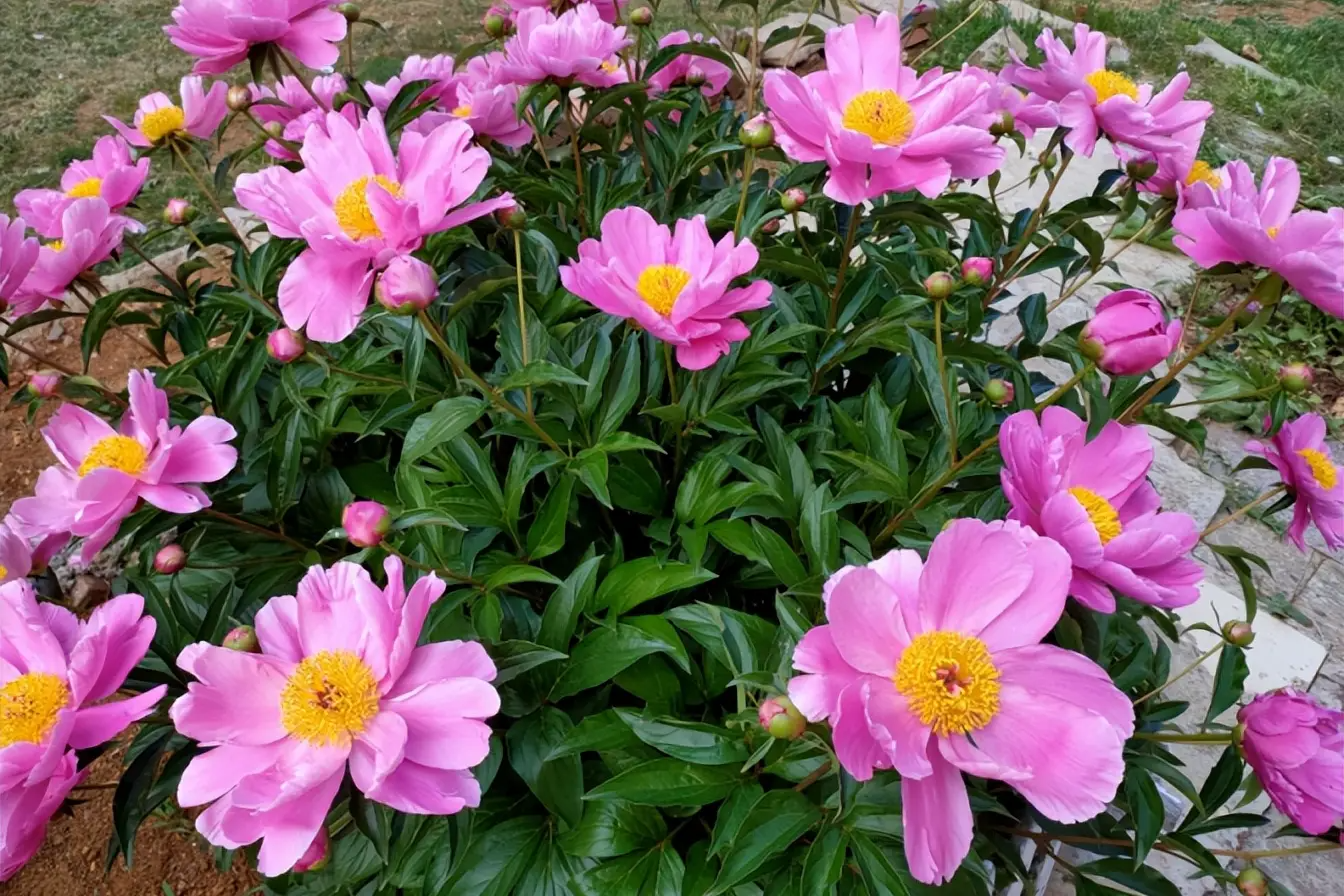
No fertilizer in midsummer
Midsummer refers to the high temperature period of summer, with strong sunlight, hot and humid weather. It is the hottest time of summer.
The temperature is high in midsummer, which is a "difficult" time for most plants. They grow slowly and do not need much nutrients. Even the nutrients in the soil can fully meet the growth of the plants. If you fertilize them, the fertilizer will not only increase the temperature of the soil, but also after the roots absorb it, they grow slowly due to the hot weather, which can easily cause fertilizer damage.
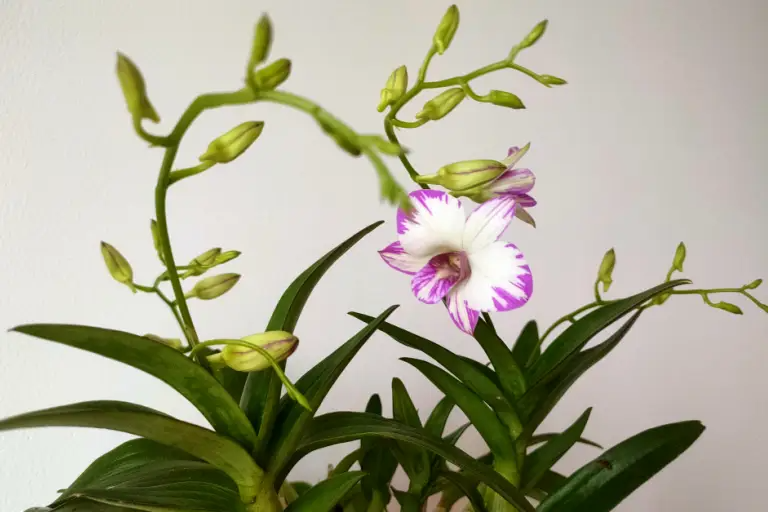
Another situation is that for plants that continue to bloom in midsummer, the high temperature will shorten their flowering period. If they are fertilized again, the flowering period will end prematurely.
Therefore, plants that grow slowly in midsummer or plants that are in bloom do not need to be fertilized to avoid fertilizer damage or shortening the flowering period.
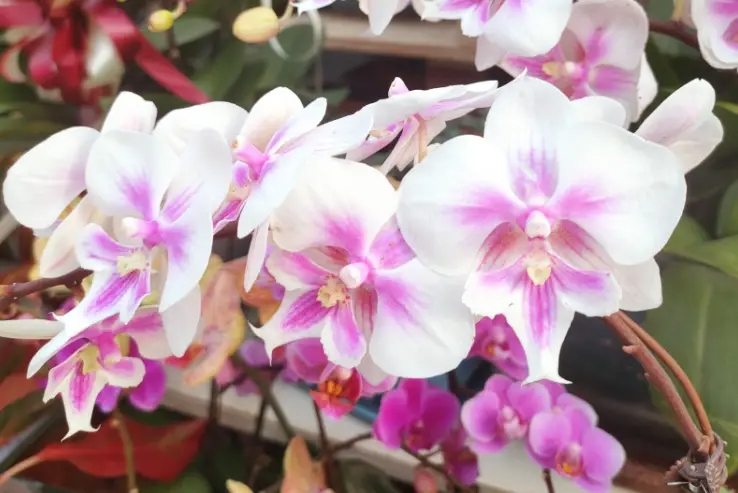
I don’t know if Xinran can remember these four little tips. I hope she won’t be confused on the road of flower-growing in the future, and that the flowers she grows will have green leaves and strong roots and grow vigorously!